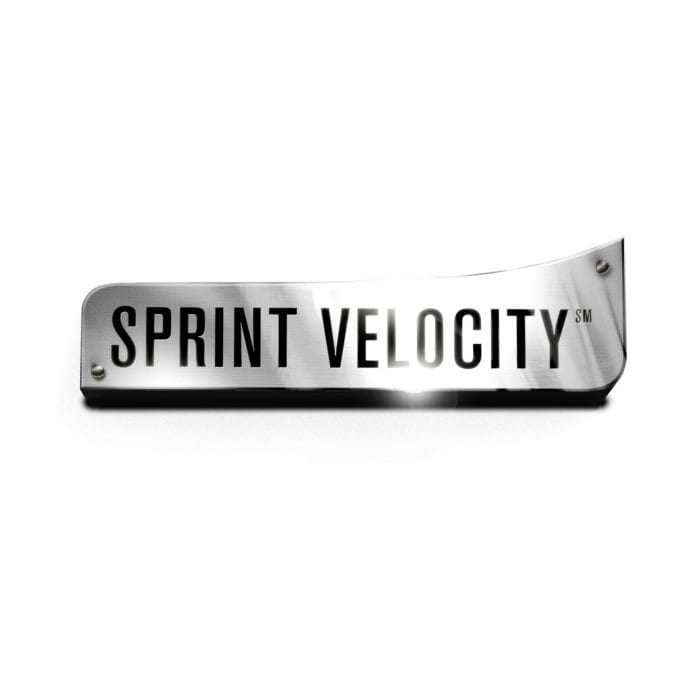ABI Research released two reports this week that paint a picture of rising interest in connected vehicles, as the Connected Car Expo at the Los Angeles Auto show gives a glimpse into the future.
One primary area of interest is taking human error out of the driving experience altogether. ABI Research VP and practice director Dominique Bonte described “huge interest in autonomous driving across the automotive ecosystem.”
He added that while vehicle-to-vehicle and vehicle-to-infrastructure technology is being positioned as a key component of driverless car systems, “some OEMs are claiming some forms of (semi)-autonomous driving can be achieved by just using in-vehicle [advanced driver assistance system]-sensors. This illustrates the automotive industry’s obsession to maintain full control over the driving experience.”
ABI noted that there is continued debate in the United States over the 5.9 GHz dedicated short-range communication spectrum, with both cable operators and vehicle OEMs desiring to lay claim to the band. ABI said that LTE and the yet-to-be-released long-range Bluetooth smart standard could be used instead, and are likely to be used as in-vehicle aftermarket solutions.
ABI also said this week that new vehicles with factory-installed safety and security telematics shipping globally to expand from 11.5 million 2013 to 50.8 million in 2018, reflecting a compound annual growth rate of almost 35%.
“Traditional safety and security telematics services such as ECall, BCall, stolen vehicle tracking and remote diagnostics continue to be rolled out across the globe,” said Bonte. “Recent announcements include VW’s Car-Net in the U.S., GM’s Onstar in Mexico, and a host of domestic and foreign car OEM offers recently having become available in China.”
However, some mandates for security or vehicle tracking in places such as the European Union (ECall), Russia and Brazil have run afoul of delays and criticism of technology choices becoming quickly outdated. ABI said that more promising trends include telematics used for collecting tolls and charging road users, as well as telematics used for insurance purposes. OEMs such as Ford, BMW and Daimler are also looking at the ability to prevent collisions via various forms of autonomous driving.
“At the same time, while connected in-car infotainment is about to become main stream, the need for security protection against cyber-attacks and intrusions becomes ever more critical and will start dominating safety and security telematics in the near future,” ABI concluded.
Companies in the wireless space are taking the initiative with more presence at the Connected Car Expo at the Los Angeles auto show this week, with featured exhibitors including Qualcomm and Verizon Wireless along with Sprint. In conjunction with the show, Sprint is celebrating the second year of its Sprint Velocity business unit focused on mobile solutions for vehicles, as well as the official debut of Sprint Velocity Connect.
“With more than 14 million vehicles sold in the United States yearly, auto manufacturers are in a constant race to bring the newest, most versatile and technology-packed products to market,” said Ben Vos, VP and GM of Sprint Emerging Solutions. “Sprint Velocity makes it easier for automakers to win that race by offering the most advanced connected services available today, supported by unsurpassed telematics integration and consumer-focused resources that can translate into increased revenues and stronger customer loyalty.”
Velocity Connect is an expanded capability for supporting more hardware of Sprint’s Velocity platform, including telematics control units, on-board diagnostic devices and embedded in-dash units. Connectivity is enabled through a cloud-based architecture with standard M2M interfaces, according to Sprint, and solutions are customizable.
Sprint spotlighted CalAmp, which provides wireless solutions for vertical market applications, as the first to integrate a device with Sprint Velocity Connect. CalAmp’s device plugs directly into a standard vehicle interface to provide services.
“By having an economical, plug-and-play, full-featured vehicle monitoring and tracking device tap the power of the Sprint Velocity platform, we can extract valuable vehicle data to enable a variety of mobile services,” said Greg Gower, SVP and GM of CalAmp’s Mobile Resource Management business. “CalAmp’s wireless location and messaging unit is an ideal solution for automotive insurance, driver behavior management, auto rental, vehicle maintenance, warranty service and other automotive applications that require direct access to vital vehicle performance data.”
Last week, Airbiquity, which is one of Sprint’s partners for the Velocity program, announced that it has been chosen by Nissan Motor to provide a global platform for smartphone integration in vehicles, allowing vehicle users to interact with mobile apps via the car’s controls.

